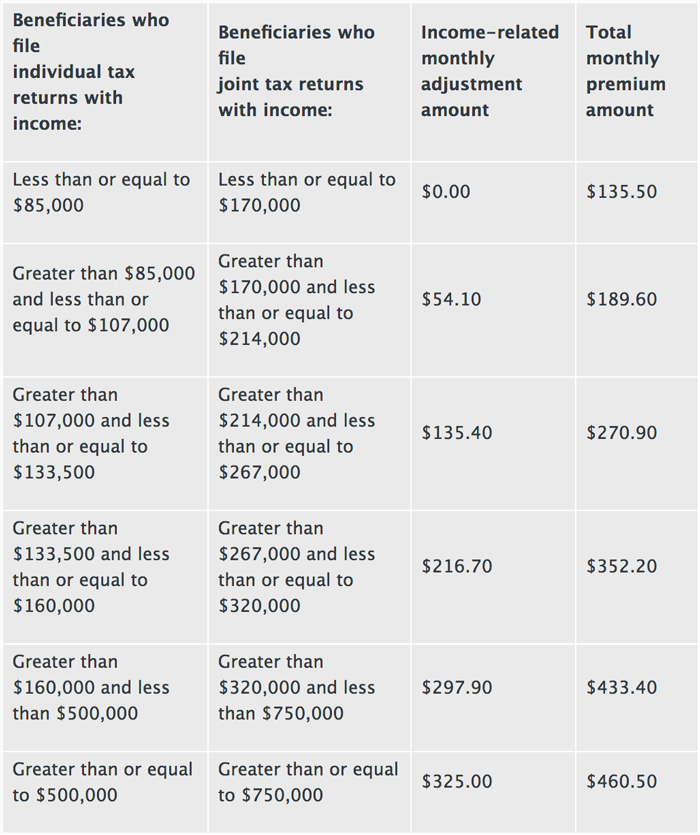
No one likes to receive a letter stating that their premiums are going up — especially with a Long Term Care insurance policy that already seems relatively expensive. Unfortunately, when you own something other than a “paid up” Long Term Care Insurance Policy, the question is not if but when you might receive such a notice. To review, remember that the law allows insurers to apply to regulators for an increase in premiums.
Increases are allowed only if they apply to all policyholders and the company’s data shows current premiums will not cover current and future claims based on costs, projected interest rates, projected increases in claims or length of claims. (Companies cannot increase premiums for specific individuals based on increases in age, gender, health conditions, or filing of a claim.)
Taking the time to make an educated decision about your options when a premium increase occurs is crucial when it comes to Long Term Care insurance, especially as you get older. The more time passes, the greater the likelihood that you might need this type of insurance.
If you are faced with a premium increase, you typically have a limited number of options:
Pay the increased premium and keep your current coverage.
Continue to pay your current premium or a reduced premium and accept some combination of reduced benefits (likely in this category, your Long Term Care insurance company will offer you a short list of options from which to choose). *NOTE: We have recently discovered that the list of options provided WITH the premium increase are not the only options. If you wish to consider additional options, you (and/or you advisor) can contact the Long Term Care company to request additional options. For example, a client in their mid-80s may consider an option to discontinue the compound inflation rider going forward and considerably decrease the premium. The added benefit for someone in their mid-80s is negligible at that point.
Take the Contingent Non-Forfeiture Option. If the percentage of premium increase is at a certain level, you may be able to stop paying premiums, and you would be entitled to a long-term care benefit based on the amount of premium dollars you have already paid.
It makes sense to carefully weigh your options when it comes to the Long Term Care insurance decision. Understand that you have full control. The Long Term Care insurance company will provide additional options if you request them — but you have to ask. And work with your financial advisor to review your options and see what makes sense. The only option that likely DOES NOT make sense is NOT writing the check to the Long Term Care insurance company at all!
Sandra Adams, CFP®, CeFT™, is a Partner and CERTIFIED FINANCIAL PLANNER™ professional at Center for Financial Planning, Inc.® She specializes in Elder Care Financial Planning and serves as a trusted source for national publications, including The Wall Street Journal, Research Magazine, and Journal of Financial Planning.

















